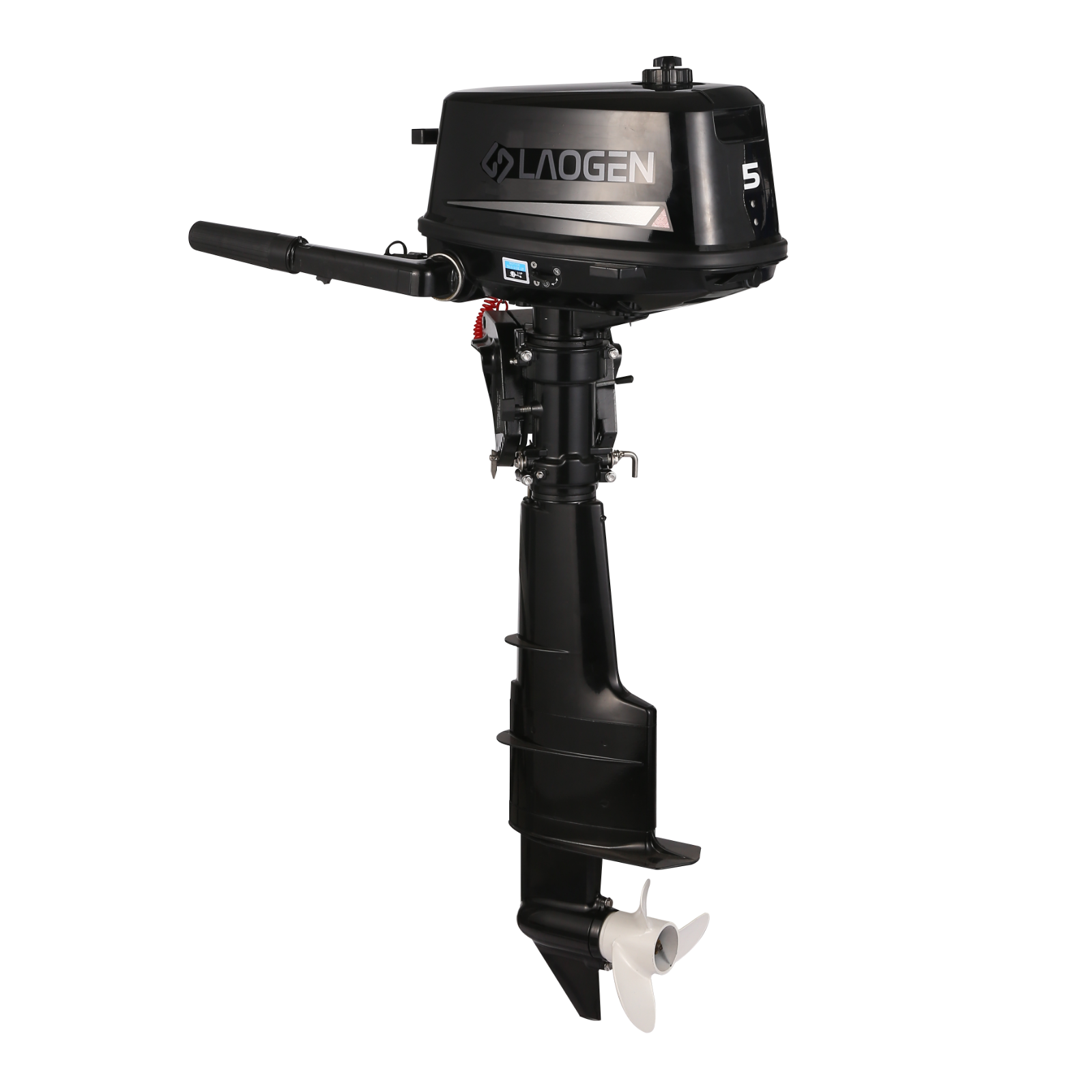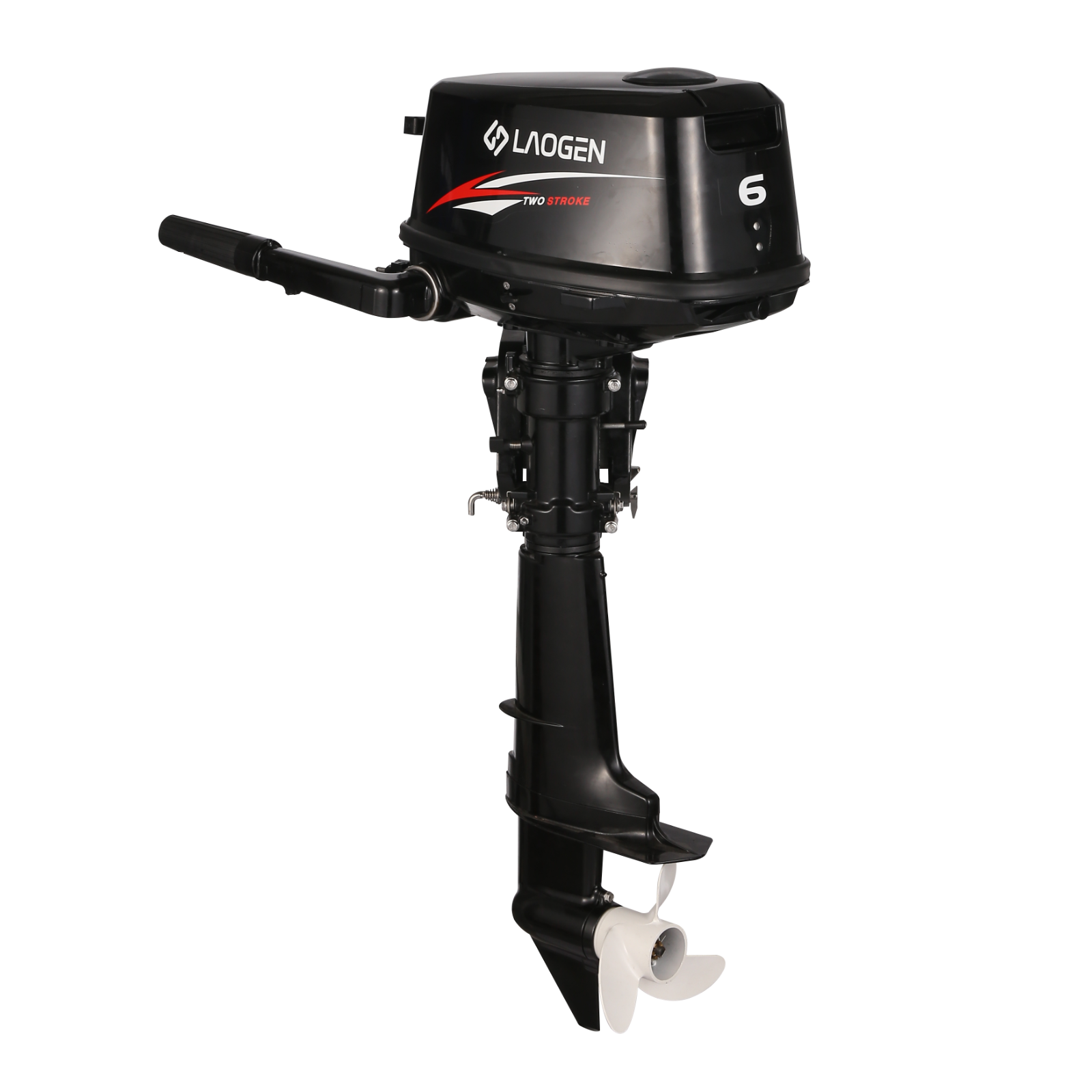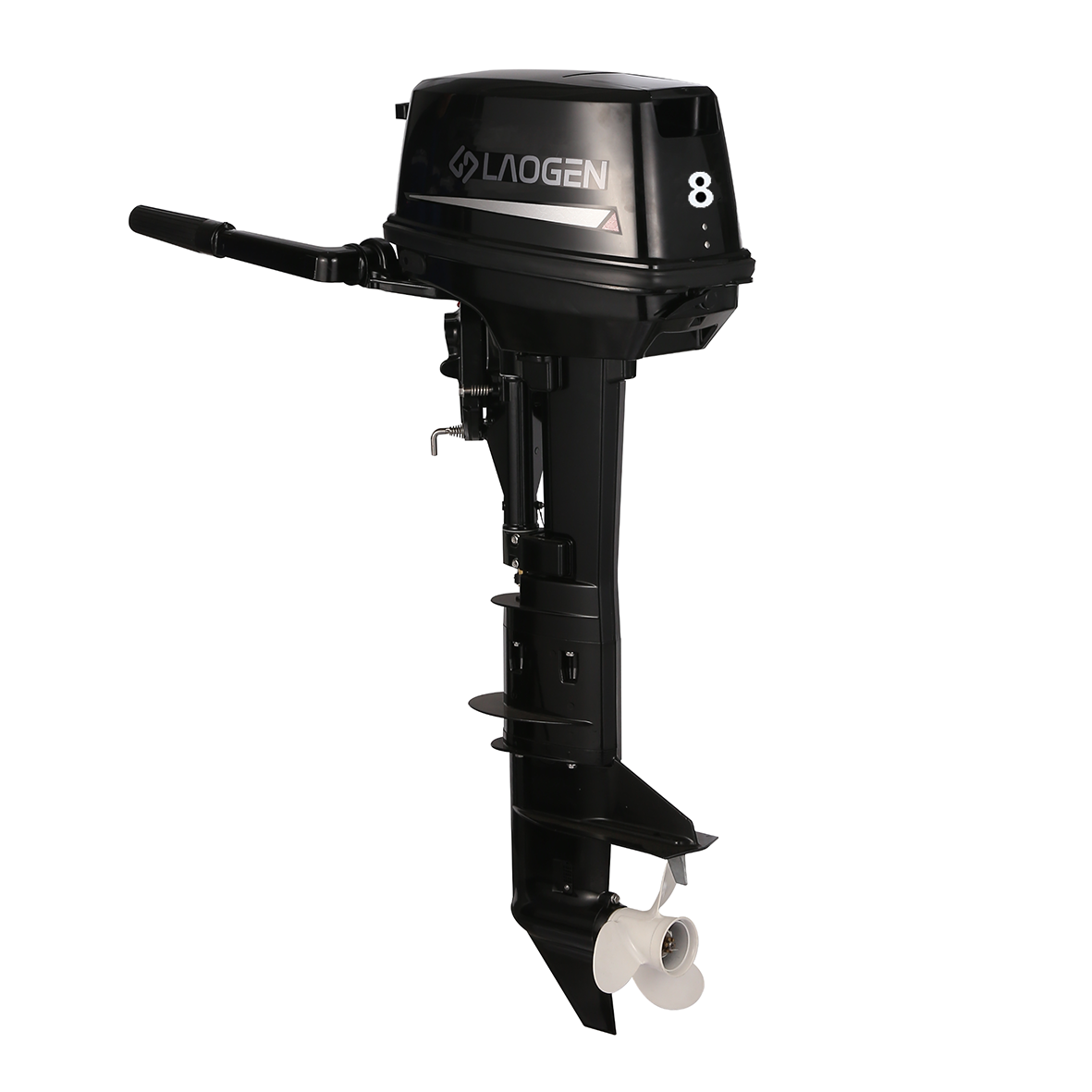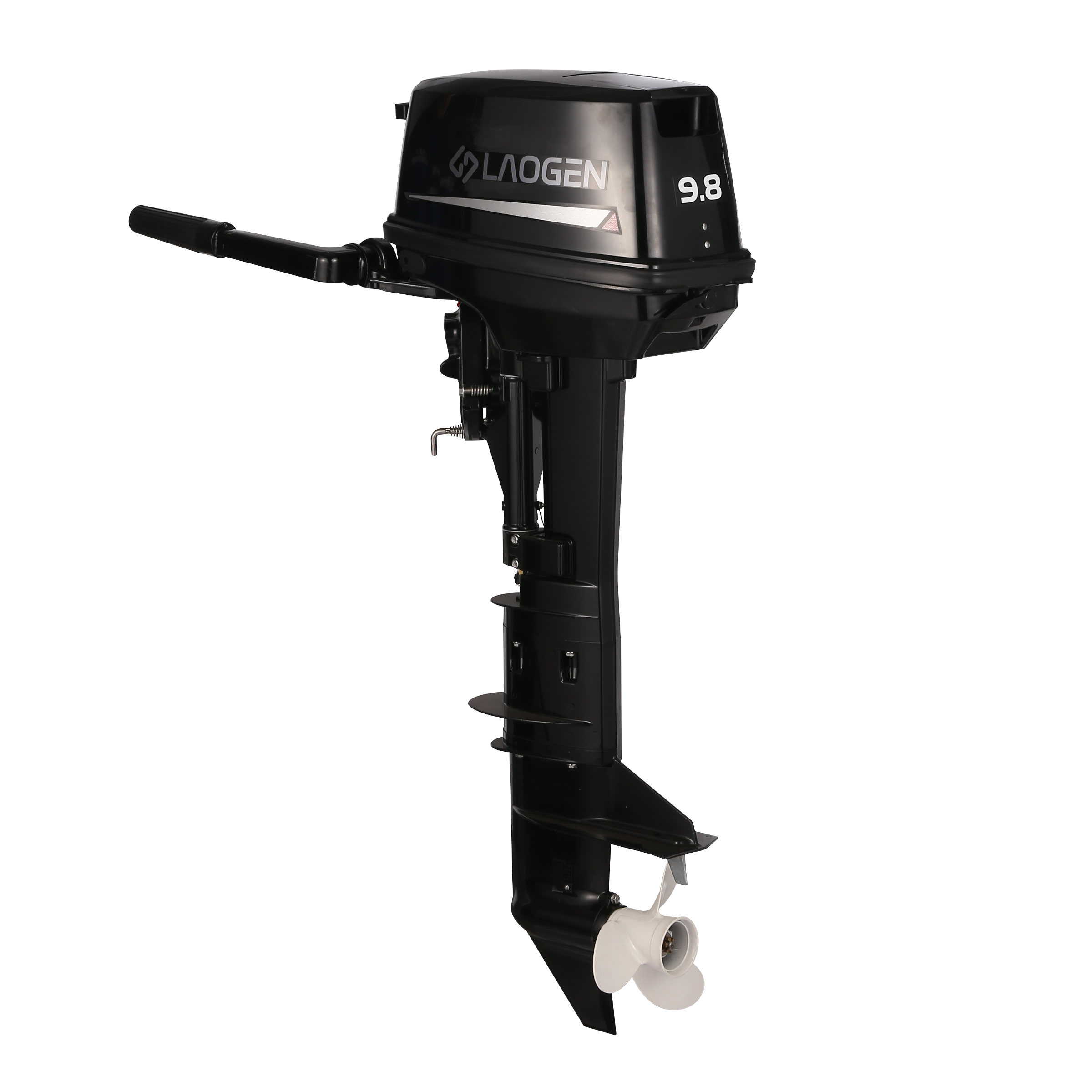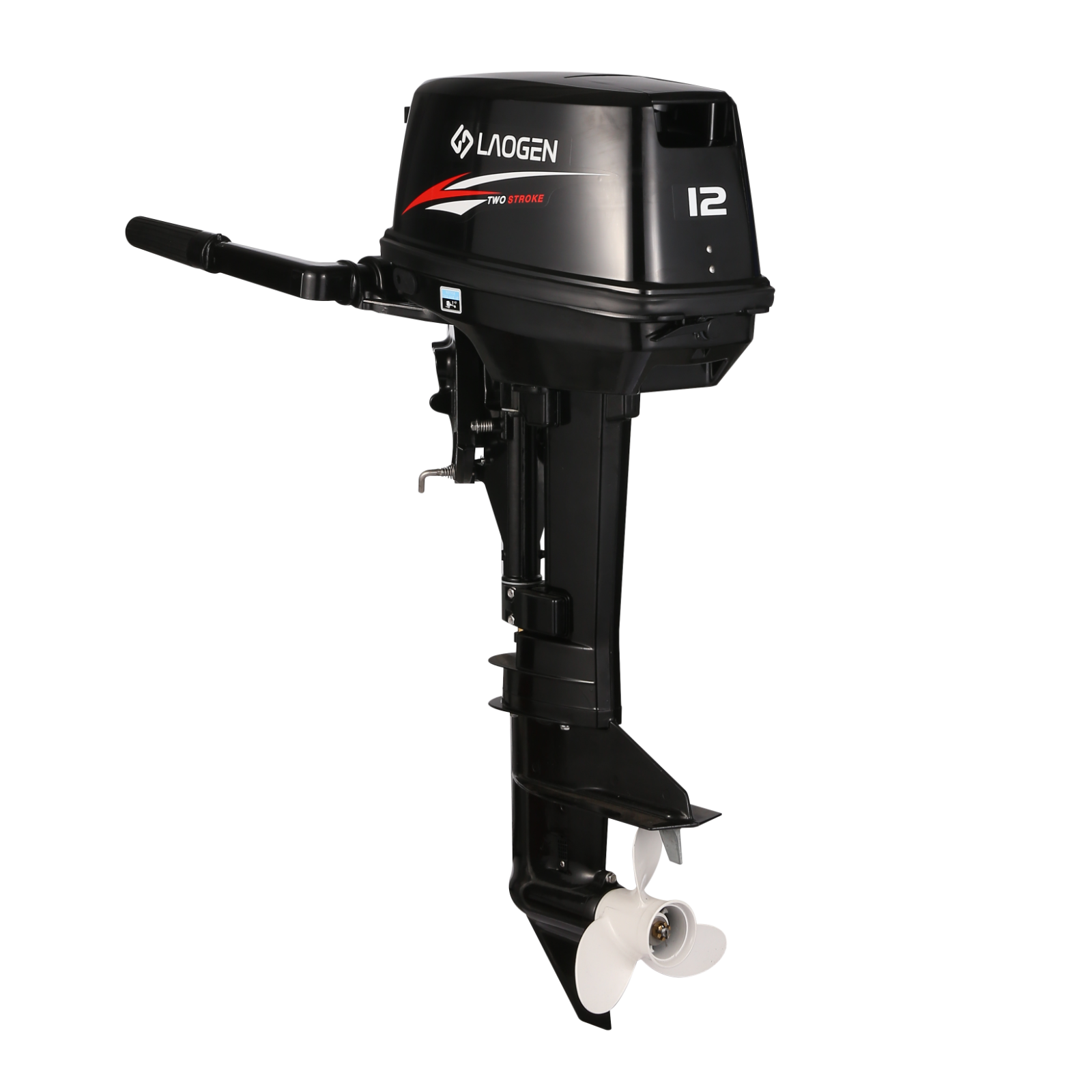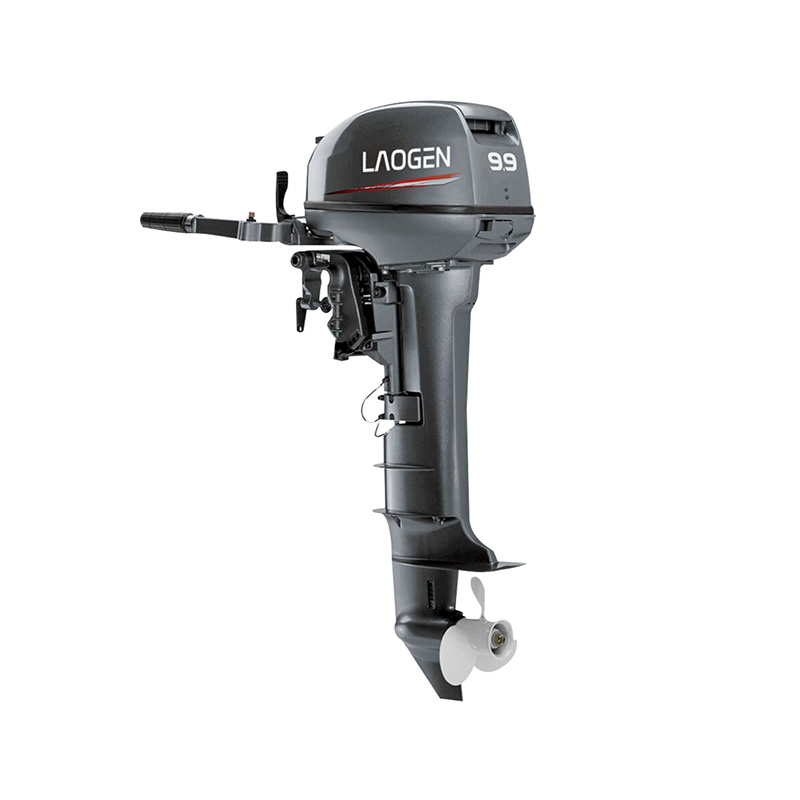40HP Outboard Engine: The Ultimate Guide to Making the Right Choice
The Centerpiece of Marine Power
A 40HP outboard engine occupies a distinct space in the world of marine propulsion. It provides a level of energy that suits a wide range of boats, from fishing vessels and pontoon boats to utility craft. This versatility makes it a central consideration for many boat owners. However, navigating the landscape of available options requires a structured approach. The path to a satisfying purchase is not about finding a universally acknowledged front-runner, but about identifying the engine that aligns seamlessly with your specific maritime lifestyle.
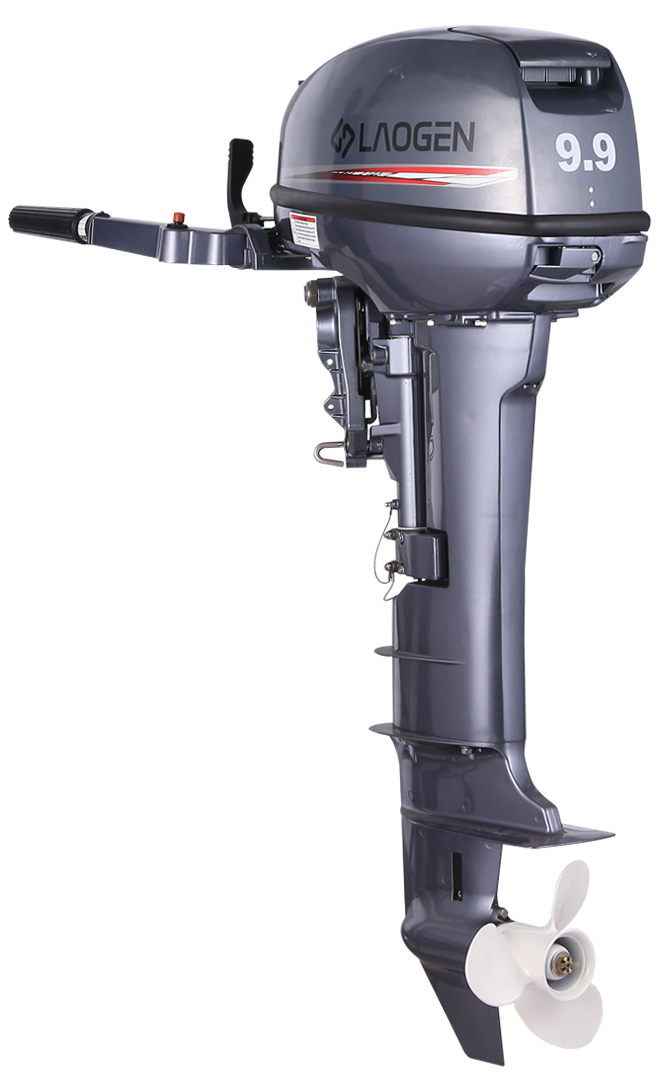
Understanding Your Maritime Activities
The only critical step is to look inward. The engine should be a servant to your needs, not the other way around. Begin by considering the vessel itself. What is the recommended power capacity? What is the transom height, which determines the necessary shaft length? The answers to these questions set the physical boundaries for your choice.
Next, reflect on your primary activities on the water. Are you a patient angler who spends long hours trolling, where quiet operation and minimal vibration are valued? Or do you enjoy covering larger distances quickly, where responsive acceleration is a key characteristic? Perhaps your use involves carrying heavier loads, which demands consistent power delivery. Each activity places a different type of demand on an engine, and recognizing your own patterns is fundamental.
The Heart of the Matter: Propulsion Technology
The core choice in modern outboard technology for this power class typically revolves around four-stroke engines. These units are recognized for their smooth operation and fuel-efficient nature. They operate with a dedicated cycle for intake, compression, power, and exhaust, which contributes to their clean burning and quiet character. This makes them a consistent companion for long days on the water, where comfort is a consideration.
While two-stroke technology exists, particularly in older models, the industry has largely moved toward four-stroke designs for their balance of performance and environmental compatibility. The four-stroke architecture lends itself to a running experience that many find preferable for recreational use, with an emphasis on reducing operational noise and fuel consumption.
Defining Characteristics That Shape the Experience
Moving beyond the basic type of engine, several characteristics profoundly influence daily interaction with your boat. The physical weight of the power plant is a crucial factor. A heavier unit can affect the boat's balance, potentially influencing its planing ability and overall handling. It is a variable that must be in harmony with the boat's hull design and capacity.
The method of control is another area of differentiation. Systems can range from direct mechanical linkages to electronic remote controls. Electronic systems often provide smoother operation and less physical effort at the helm. Furthermore, consider the electrical generating capacity of the engine. If you power multiple electronic devices like chartplotters or fish finders, an alternator that can adequately replenish your batteries is an important feature to ensure all systems remain functional throughout your trip.
The journey to selecting a 40HP outboard is a process of matching mechanical attributes to personal requirements. There is no single solution that fits every scenario. By understanding your vessel and your habits, you establish a clear framework. Appreciating the fundamental technology gives you context, and evaluating the specific features allows you to refine your options. The goal is to move forward with a sense of confidence, knowing that your choice is informed and tailored to how you truly use your boat.


 English
English русский
русский


